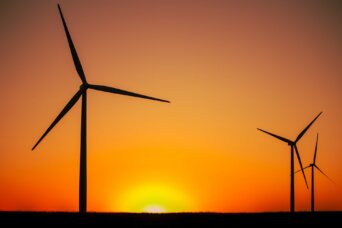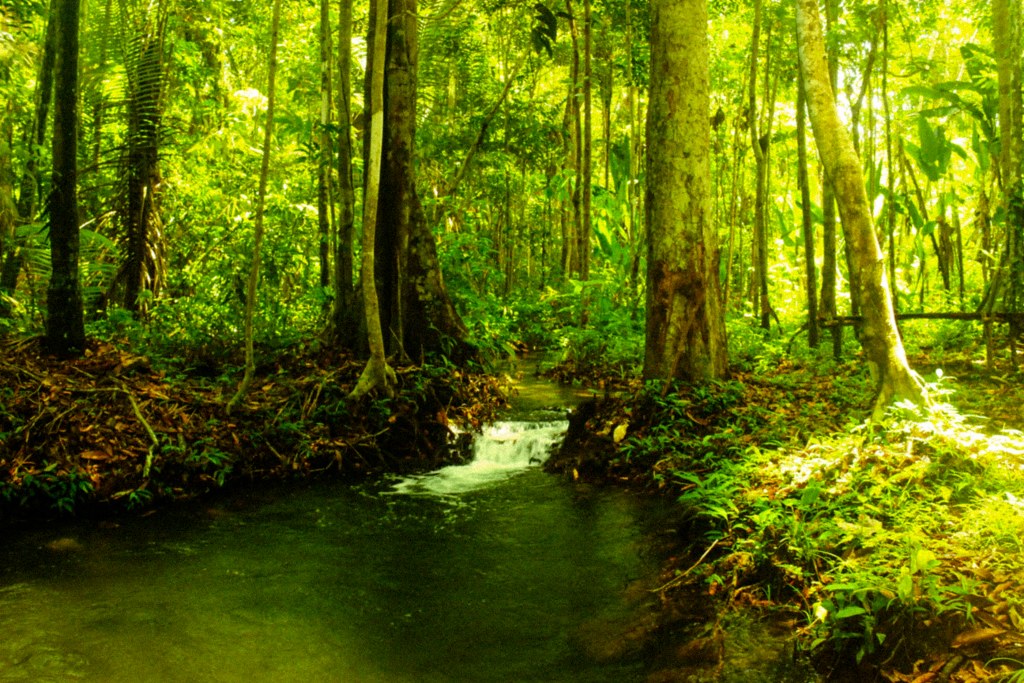- About
- Topics
- Picks
- Audio
- Story
- In-Depth
- Opinion
- News
- Donate
-
Signup for our newsletterOur Editors' Best Picks.Send
Read, Debate: Engage.
| topic: | Renewables |
|---|---|
| located: | Germany, Italy, Russia, Ukraine |
| editor: | Abby Klinkenberg |
There is nothing positive about the current invasion of Ukraine. The scale of this humanitarian disaster is still perilously unknown and, as grim new details leak out each day, there increasingly appears to be no end in sight. There is no optimistic outlook on the human impact of this war. It would be remiss, however, not to assess the very real way in which the ongoing war waged by fossil-fuel baron Russia is impacting the global energy market - and, with it, the European transition to renewable energy sources.
Russia’s status as an energy giant hovers over every element of the international response to its invasion of Ukraine - it also adds an additional layer of delicacy in the midst of an ongoing energy crisis that is impacting consumers the world over (just this week, I personally received a letter from my German energy provider that portends significantly higher costs due to the “the Ukrainian crisis situation”).
That Europe is heavily dependent on Russian fossil fuels is no secret - over 30 percent of the EU’s natural gas comes from Russia, and that figure is even higher in Germany, where 55 percent of gas is of Russian origin. While the EU continues to buy and Russia continues to pump its resources westward, war has lent a new urgency to European efforts to become energy independent - and there’s a crack in the door for green energy to rise to the occasion.
Natural gas has been seen by many European countries (including Germany) as a viable “transition” or “bridge” resource to a renewable future that is measurably less environmentally-damaging than coal, but still leaves a lot to be desired in terms of its carbon footprint. This view has been held by many, including Germany, as evidenced by its investment in the Nord Stream 2 natural gas pipeline that would double Russian gas exports to Germany.
On 22 February, 2022, in the wake of Russia’s recognition of two breakaway regions in the Donbas region of Ukraine, Germany put a stop to the project. This begs the question, what happens when the “bridge” resource of natural gas is no longer a geopolitically viable option? Well, either Germany (and the rest of the EU) will need to dig up more fossil fuels to burn on its own turf, or it needs to speed up the green energy transition. In either scenario, the environment is deeply implicated.
While Europe’s natural gas reserves are reportedly sufficient to endure the rest of this rather mild winter, what happens after the summer months presents a problem: “filling that gap without gas could mean relying on more coal power and bringing some mothballed nuclear and coal plants back online or reducing demand among households and the industrial sector.” Whether pausing Germany’s coal phase-out (planned for 2030) or extending nuclear power generation (which is supposed to end this year), German Minister for Economic Affairs and Climate Change Robert Habeck of the Green Party has stated that “everything is on the table.”
The situation is similar for Italy, “the second-largest natural gas importer in Europe after Germany, importing… 45 percent [of its natural gas supply] from Russia.” Italian Prime Minister Mario Draghi said that “the reopening of coal-fired power stations could be used to make up any [energy] shortfalls in the immediate future.”
While burning more fossil fuels may be inevitable in the short term, European Commissioner Ursula von der Leyen has stated that “in the medium and long term, [the EU will be] doubling down on renewables.” The European Commission is poised to launch “a strategy to break free from Russian gas” that would call on its member states to participate in “a 40 percent reduction in fossil fuel use by 2030.” Von der Leyen has spoken openly about the Ukraine crisis’ direct impact on the EU’s climate responsiveness: “We have to diversify our suppliers and massively invest in renewables. This is a strategic investment in our energy independence.” These investments won’t yield a return overnight, but there are signs that a shift is already underway. For instance, in response to Russia’s invasion of Ukraine, Germany announced that its electricity grid would be 100 percent renewable by 2035.
A more energy independent Europe would portend problems for Russia, which exports 70 percent of its gas to Europe and earns 40 percent of its government revenue from fossil fuel profits. At the moment, global leaders are still processing this latest wave of simmering chaos and the immediate focus should undoubtedly remain on addressing the humanitarian fallout of the situation - there is a long-term hope, however, that a more sustainable and resilient Europe could emerge from the turmoil. As EU policymakers told the Washington Post, “in some ways [renewable energy] sceptics have needed this crisis to be kicked into action.”
Photo by Katrina Berban

